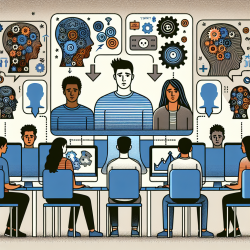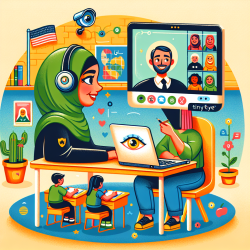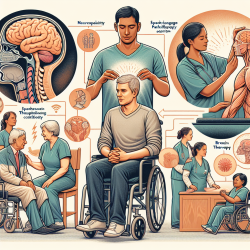Introduction
In the realm of speech-language pathology and therapy services, the integration of technology and data-driven approaches is reshaping how practitioners can enhance outcomes for children. The research article titled "A human-machine partnered approach for identifying social media signals of elevated traumatic grief in Chicago gang territories" provides compelling insights into how social media, particularly Twitter, can be leveraged to detect and address traumatic grief in marginalized communities.
The Power of Social Media
Social media platforms, such as Twitter, have become an underutilized resource for identifying and responding to mental health needs in communities affected by violence and trauma. The study in question employs a human-machine partnered approach, combining qualitative fieldwork with computational linguistic analysis, to identify signals of traumatic grief in gang territories on Chicago's South Side.
Implications for Practitioners
For practitioners in speech-language pathology and related fields, this research offers several key takeaways:
- Data-Driven Interventions: By utilizing social media data, practitioners can develop more effective, timely interventions tailored to the needs of children and families in trauma-affected communities.
- Community-Level Insights: Understanding the collective expressions of grief on platforms like Twitter allows for interventions that are more aligned with community needs, enhancing the support provided to children.
- Collaboration and Innovation: The integration of qualitative and computational methods underscores the importance of interdisciplinary collaboration in developing innovative solutions to complex social issues.
Encouraging Further Research
While the study provides a robust framework for leveraging social media in trauma-informed care, it also highlights the need for further research. Practitioners are encouraged to explore how these methods can be adapted and applied in different contexts, particularly in educational settings where children may experience trauma.
Conclusion
The insights from this research underscore the potential of social media as a tool for identifying and addressing traumatic grief in marginalized communities. By embracing data-driven approaches, practitioners can enhance their ability to support children and families, ultimately leading to better outcomes.
To read the original research paper, please follow this link: A human-machine partnered approach for identifying social media signals of elevated traumatic grief in Chicago gang territories.










